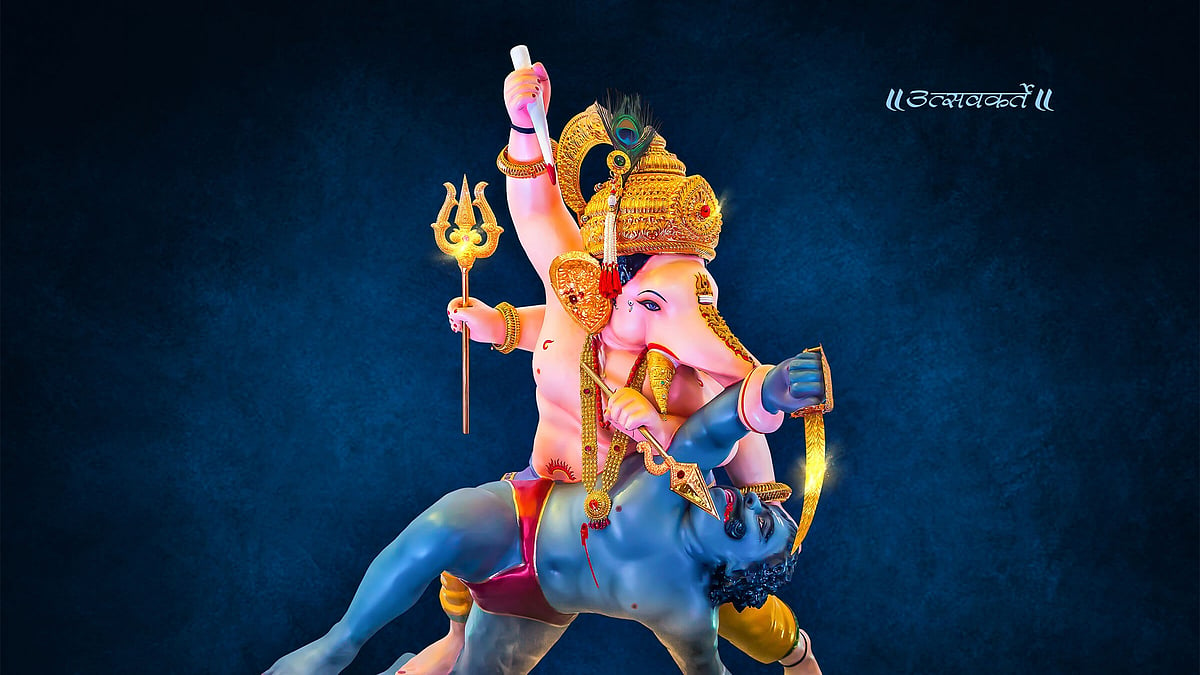Ganpatis Of Pune: Shrimant Bhausaheb Rangari Ganpati – History, Significance & Legacy
The Bhausaheb Rangari Trust is one of Pune’s oldest mandals, marking its 132nd year in 2025

Ganpatis Of Pune: Shrimant Bhausaheb Rangari Ganpati – History, Significance & Legacy | https://www.shrimantbhausahebrangariganpati.com/
With the Ganeshotsav just around the corner, Pune is gearing up to celebrate one of Maharashtra’s most cherished traditions.
The 10-day Ganeshotsav embodies devotion, faith and cultural pride, with many devotees believing their prayers are answered at Lord Ganesha’s feet.
Widely regarded as the cultural capital of Maharashtra, Pune is renowned for hosting majestic Ganesh mandals, where the vibrant beats of dhols and tashas fill the air with festivity.
The city also holds historical significance as the birthplace of cultural nationalism, where the festival sowed the seeds of a mass movement for India’s independence.
In the heart of the city stands the Shrimant Bhausaheb Rangari Ganesh Mandal Trust, established by Bhausaheb Rangari, a renowned royal physician and freedom fighter.
132nd year in 2025
Deepak Kale, a local guide and member of the Bhausaheb Rangari Trust, shared its history with the Free Press Journal. "Bhausaheb purchased a wada in 1890 and used it as a place to organise secret meetings to plan the ouster of the British from India, alongside compatriots Ganpatrao Ghotwadekar, Krishnaji Khasgiwale and others," he said.
The Bhausaheb Rangari Trust is one of Pune’s oldest mandals, marking its 132nd year in 2025. “After Kasba Ganpati, our trust is known for carrying forward traditions from the 19th century,” Kale added.
ALSO READ
Significance of the idol
The Ganesh idol at the Bhausaheb Rangari Trust reflects the radical political stance of Bal Gangadhar Tilak and Bhausaheb Rangari during the late 19th century in their fight for independence. The idol holds a trishul (trident) in its lower right hand and an arrow in its upper right hand, piercing the throat of a demon beneath Ganesha’s feet.
The demon symbolises the British, who were seen as oppressors of Indian civilisation. “The symbolism was so powerful that mandals soon proliferated across Pune, fueled by the sentiment to free India from British rule,” Kale explained.
'Mindful of the pollution'
Kale further told The Free Press Journal, “We are mindful of the pollution associated with such a large-scale public event in Pune. We ensure recycled materials are used prominently in constructing the mandal, avoid synthetic colours, and, in keeping with cultural tradition, prioritise dhol-tasha pathaks over electronic musical instruments.”
With preparations for the Ganeshotsav in full swing, various mandals and authorities are getting their acts right as the clock ticks toward Maharashtra’s largest mass festival.
RECENT STORIES
-
-
-
-
-